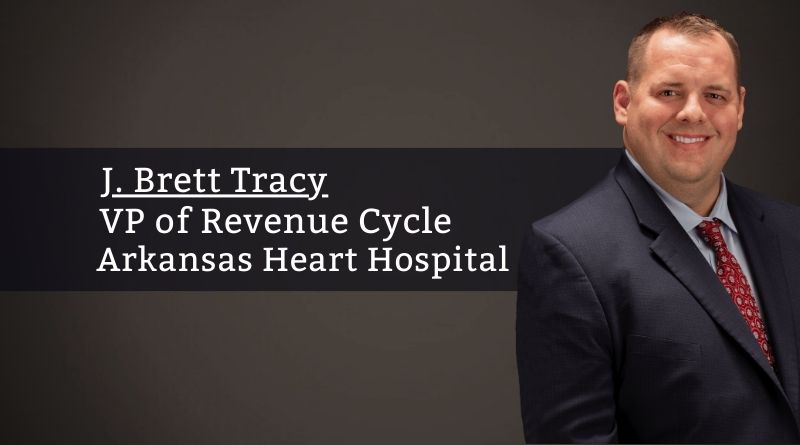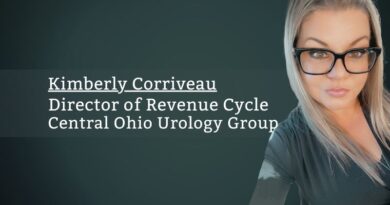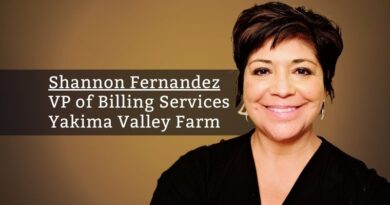Revenue Cycle Automation – Not If, Not When, But Now
By J. Brett Tracy, VP of Revenue Cycle, Arkansas Heart Hospital and Randall Reasbeck, Director of Business Intelligence and Revenue Cycle Technology, Arkansas Heart Hospital
Automation in the revenue cycle is no longer a futuristic concept but a present necessity. Emerging from the challenges posed by COVID-19, such as quiet quitting, an aging workforce, knowledge shifts and recruiting competition, organizations are grappling with the need to identify resources that don’t exist. In the face of this scarcity, terms like RPA, AI, and BI have become interchangeable. Innovations such as ChatGPT and partnerships announced by EMR giants signal a shift towards streamlining clinical documentation, aiding decision-making, and alleviating administrative burdens.
Revenue cycle technology, regulatory guidelines and payer rules are constantly evolving. Organizations must scale their knowledge bank to shorten training timelines, improve employee onboarding, and reduce errors.
For revenue cycle departments and hospitals to stay competitive with sufficient resources and appropriate scalability, the time to embrace automation is now, if not yesterday. To embark on this transformative journey, key elements need careful consideration, organization, and execution.
Moving from Idea to Execution
Emphasizing efficiency, cost savings, return on investment (ROI), and scalability becomes imperative in streamlining workflows. Build the “why” and the “how” for automation within your organization and work to secure executive support. Network with other top organizations to share demonstrations of key processes that have been successfully automated. To execute, you must have a dedicated team. Embarking on the journey of revenue cycle automation within a hospital necessitates a phased approach, aligning with the crawl, walk, run methodology. Initially, identify the pain points in the revenue cycle and assemble a diverse team to brainstorm feasible solutions. Start at the “crawl” phase by prioritizing manageable tasks that can be easily automated with minimal investment, such as streamlining billing documentation or optimizing claims processing. Implement a proof of concept (PoC) or pilot project to test the effectiveness of these automation solutions. Subsequently, move to the “walk” phase by evaluating the outcomes, measuring efficiency gains, and gathering feedback to refine and scale successful initiatives. As successes accrue and confidence in automation builds, transition to the “run” phase, gradually expanding automation across more complex revenue cycle processes. This phased approach, akin to a journey from crawling to walking and ultimately running, allows for steady progress, learning, and optimization at each stage of automation implementation in the hospital’s revenue cycle.
Building the Future Pipeline
To build your initial ideas, seek out workflows that require minimal build but yield maximum benefit. Examples include basic payment posting workflows, insurance verification, account adjudication, and vendor file processing. After gaining momentum, take these use cases and share demonstration sessions with key leaders and staff to initiate brainstorming sessions. Leaders and staff may have difficulty coming up with initial use cases; however, after seeing examples, those same individuals will begin to form connections to other workflows.
Designate key leaders and engage staff in each area of the revenue cycle as your automation leads. By having these individuals identified, you can secure buy-in, new ideas and gain their support to get staff on board with the concepts and ideas. Staff must see and feel the value, as questions about self-preservation will quickly surface. It is important to provide psychological safety for team members to realize that the goal is not staff replacement, but workflow capacity extension, staff augmentation, and process optimization. By creating a culture of psychological safety, you will create a think tank that will continue replicating new ideas.
Creating a Center of Excellence
After obtaining executive buy-in, designated teams, vendors, partners, key staff, and a pipeline, it will be important to manage stakeholder expectations. By having individuals completely assigned to automation build, you can generate momentum to create subject matter experts who can socialize new builds, workflows, and ideas with revenue cycle team members. It is important to bring your automation team into the revenue cycle as an official team and partner. To achieve additional scalability, find an automation software platform and a 3rd-party developer who specializes in the platform (if services are not offered by the software company). This approach creates a training ramp period to help build and scale workflows quickly while giving your newly dedicated team a chance to learn. Communicate the value that is being driven by the initially built automations. Show the time saved, ROI, and pipeline with future build, testing, and implementation dates. It will also be important to create a simple business case template that can document the process, the why, the time and money saved, the revenue generated, and the number of steps involved. This structure will help shape a standardization to quickly replicate new ideas and build the pipeline. By creating a branded center of excellence with designated areas, you can begin to construct an automation team that can expand beyond the revenue cycle into other critical clinical and administrative departments. Demonstrating and celebrating the successes along the journey will further solidify the value created and efficiency gained. You must evangelize the new culture and impact.
Where do we go from here?
The future is shifting to a scalability framework and new insight creation. Vendor platforms offer the ability to monitor end-users in live workflows to capture the most efficient processes. This innovative technology will be critical for converting tribal knowledge to documented steps that can be shared for employee training, future automation build, and mitigating the information knowledge atrophy that comes with an aging workforce and employee turnover. It is imperative to capture the most efficient processes from the highest performing employees to further create insights that can be used to insulate the risk that comes with daily staffing management. Revenue cycle technology, regulatory guidelines and payer rules are constantly evolving. Organizations must scale their knowledge bank to shorten training timelines, improve employee onboarding, and reduce errors. These benefits are crucial in a world of uncertainty and rapid change. We must learn to adapt.



